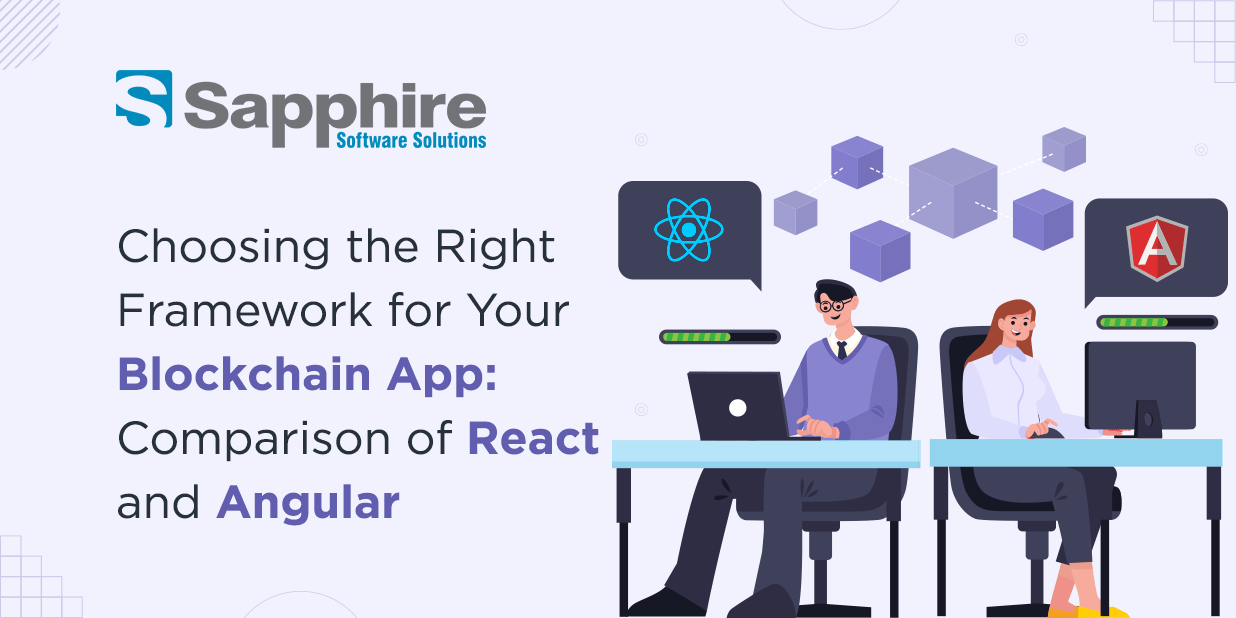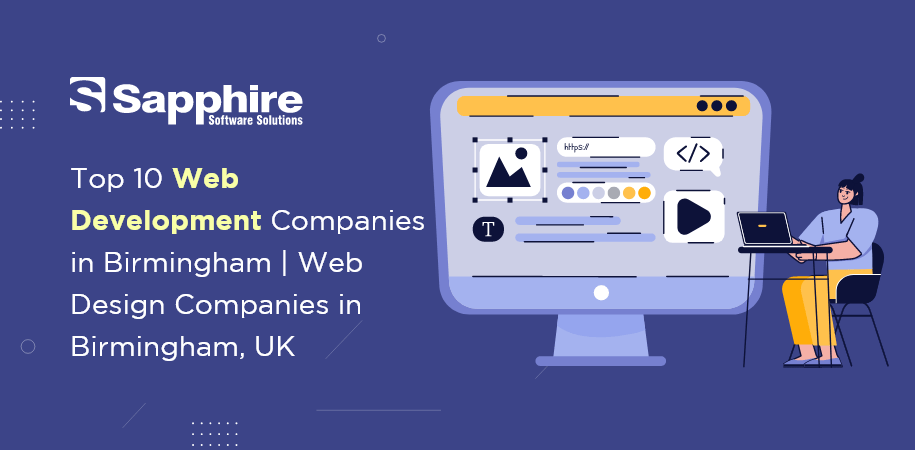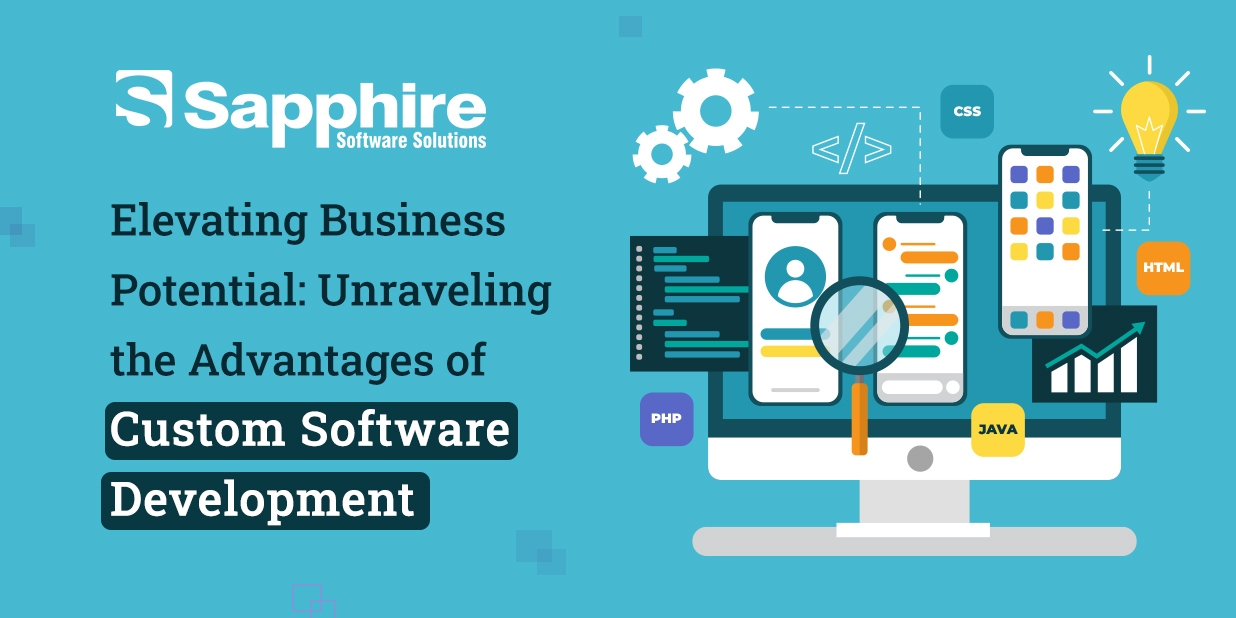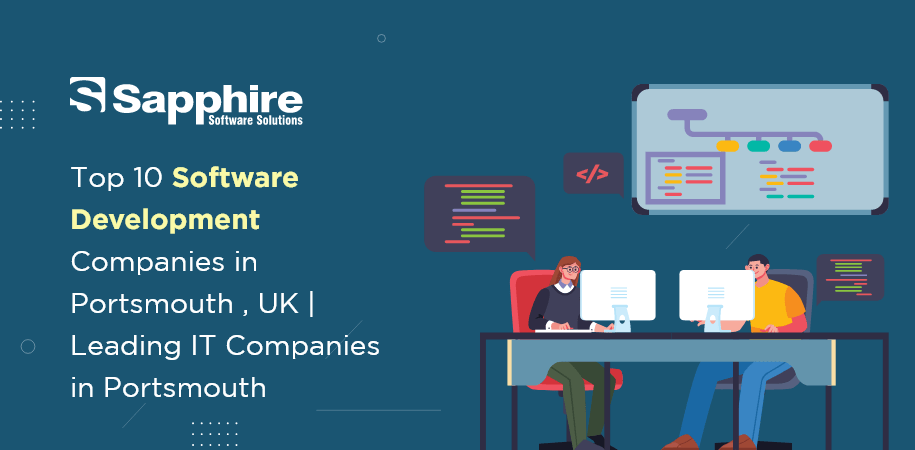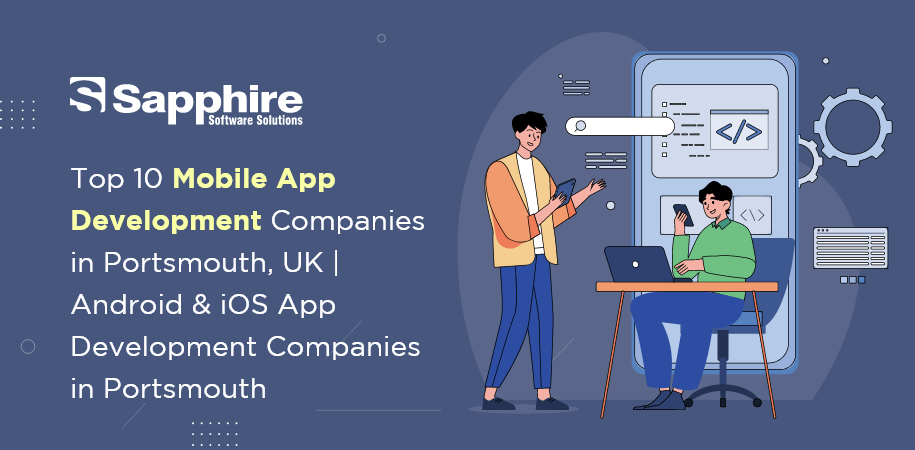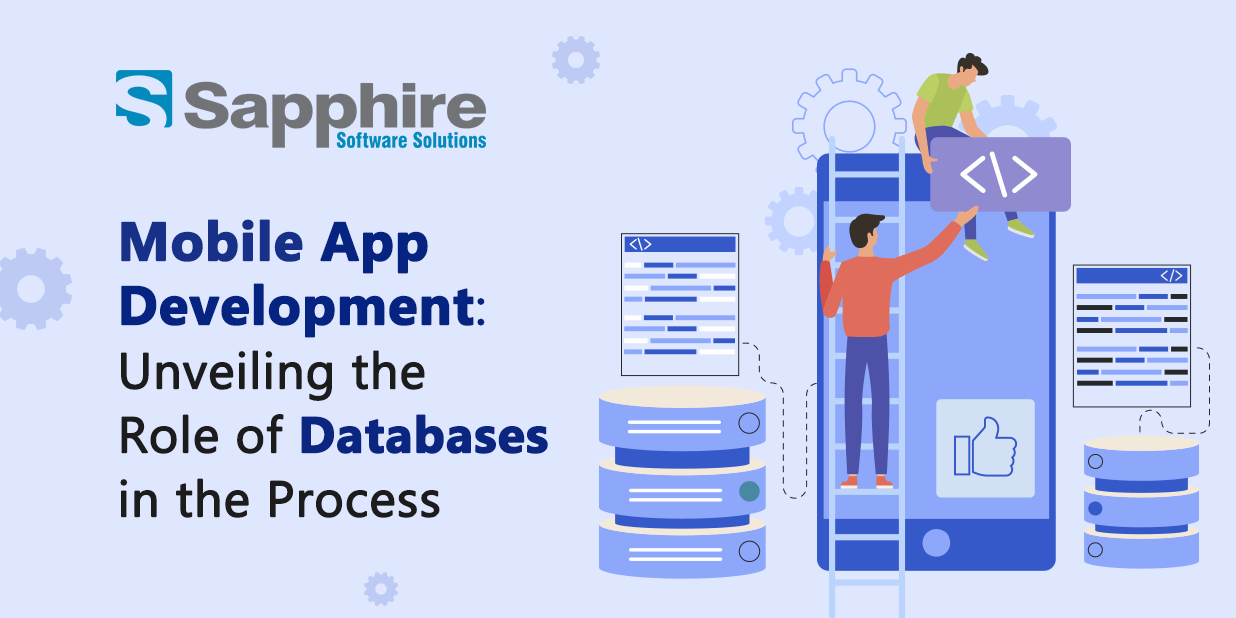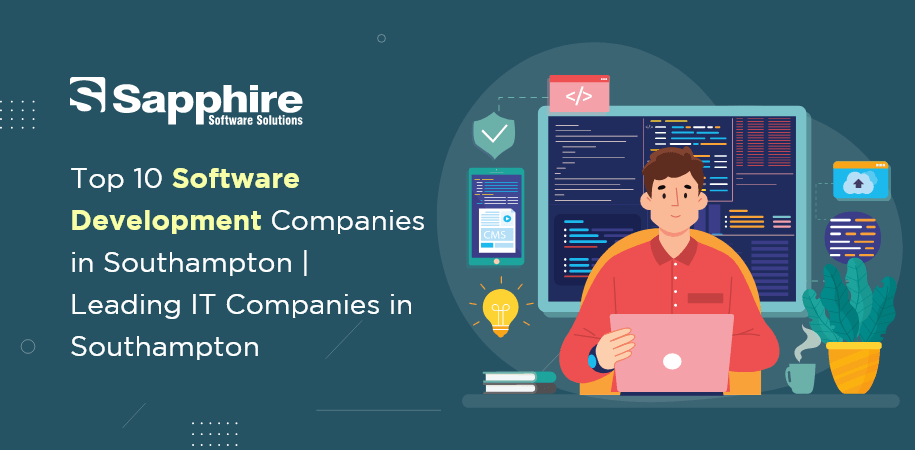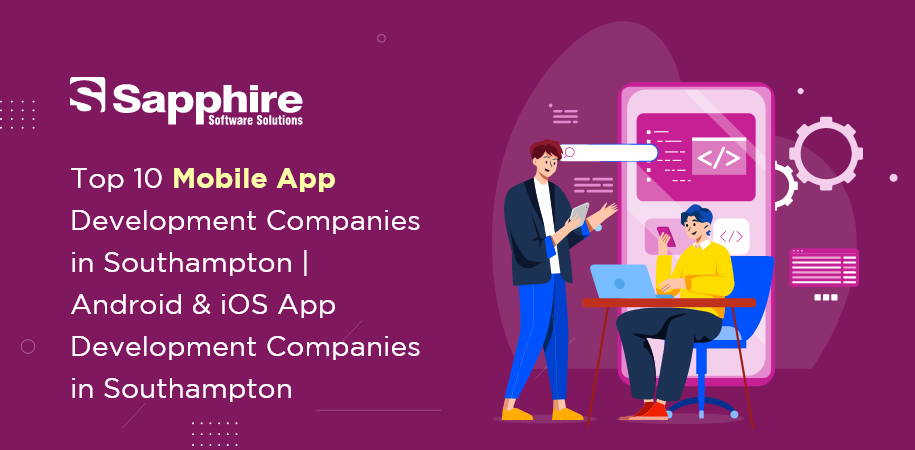Contemporary web developers must choose the correct framework to create reliable and effective blockchain apps. React and Angular are two of the most well-liked frontend frameworks, each with advantages and disadvantages.
A Comprehensive Comparison of React and Angular
In this post, we’ll thoroughly compare React vs. Angular to choose the proper framework for Blockchain Development Company in USA.
1. Overview:-
React:
React is a JavaScript package created by Facebook that is recognized for its component-based design. It allows programmers to create reusable UI components, supporting modular design and effective rendering.
Angular:
The Google-maintained full-fledged framework Angular provides a complete toolbox for creating sophisticated web apps. Two-way data binding and TypeScript, a superset of JavaScript, are used to synchronize the model and the view smoothly. Because of its structured approach, Angular is excellent for large-scale projects like blockchain applications requiring extensive functionality and maintainability.
2. Performance:-
React:
React’s Virtual DOM approach significantly improves the speed of Reactjs development services in USA. React uses a virtual version of the DOM instead of directly updating the real thing. React determines the minimum updates required when changes are made and then applies them to the actual DOM. This reduces the amount of resource-intensive direct DOM manipulation, which speeds up rendering and enhances application responsiveness. Performance for blockchain apps that need real-time updates and dynamic content rendering may be significantly improved with React’s Virtual DOM.
Angular:
On the other side, Angular uses a two-way data binding strategy. Automatically syncing data between the model and the display streamlines development but may cause performance overhead. The ongoing checks and updates to keep the two in sync might slow down applications, particularly when data changes often. However, some of these performance problems are reduced by Angular’s Ahead-of-Time (AOT) compilation functionality. AOT compilation reduces the size of the provided code and speeds up loading times by compiling templates during the construction process.
3. Component Structure:-
React:
Decomposing user interfaces into reusable components forms the foundation of React’s component structure. By separating individual operations, this modular approach not only improves code reuse but also streamlines the development process. The blockchain app may have discrete components created by developers, which makes it simpler to maintain and update the codebase. React’s unidirectional data flow also ensures that data flows clearly across components, facilitating debugging and preserving the program’s integrity.
Angular:
The component-based design used by Angular emphasizes the development of independent, reusable components. Angular, on the other hand, imposes a more organized approach because of its adamant design patterns. It requires the usage of decorators, services, and modules, promoting uniformity across the program. While there may initially be a higher learning curve, it becomes advantageous for larger-scale blockchain applications that need ordered codebases and well-defined boundaries between various components.
4. Flexibility and Ease of Learning:-
React:
The versatility and simplicity of React are well known. Developers may combine it with other tools and libraries for state management (like Redux) and routing (like React Router) since its main library only concentrates on the display layer. This flexibility is beneficial for blockchain programs that need modification and connection with numerous blockchain-related libraries. React’s component-based design and unidirectional data flow make it simple to understand, especially for developers already acquainted with JavaScript. React components’ modular design makes them simple to test, update, and manage, which promotes an easy learning curve.
Angular:
Although more complete, the rich functionality and opinionated structure of Angular might result in a higher learning curve. It offers a comprehensive solution with integrated tools for dependency injection, routing, and state management. Although this might be intimidating for newcomers, after developers overcome the early difficulties, Angular’s thorough documentation and well-defined principles enhance the learning process. The structure of Angular may facilitate effective creation and long-term maintainability for blockchain applications that call for sophisticated functionality and a comprehensive toolkit.
5. Community and Ecosystem:-
React:
A sizable and vibrant development community supports React. As a result, a sizable ecosystem of third-party libraries, tools, and resources has been developed. React’s broad ecosystem may save development time significantly for blockchain app development, where interaction with different APIs, protocols, and data sources is typical. The plethora of guides, blogs, and open-source projects makes it easier to solve problems immediately.
Angular:
Although Angular’s community may be smaller than React’s, it benefits from Google’s official support. This ensures constant upgrades, continuing support, and dependability. Because of the Angular community’s commitment to upholding the framework’s rules and norms, projects are recognized to be stable and consistent.
6. Integration with Blockchain and Web3 Libraries:-
React:
React is a good choice for integrating with other Web3 and blockchain technologies due to its versatility. Thanks to React’s modular design, developers may construct interfaces communicating with smart contracts, decentralized apps (DApps), and other blockchain components. Applications built using React may easily interface with well-known JavaScript frameworks like Web3.js, simplifying interactions with the Ethereum blockchain. One distinct benefit is the capacity to create unique interfaces catered to your blockchain application’s particular requirements.
Angular:
Additionally, Angular development services in USA provide vital assistance for interacting with blockchain libraries. Because its TypeScript-based architecture fits the strong typing often used in blockchain development, interactions with blockchain networks are more dependable and secure. The component-based design and built-in dependency injection of Angular make integrating Web3 libraries and other blockchain-related technologies possible. Due to Angular’s extensiveness, the learning curve could be higher, but the framework’s design principles might help construct well-structured and orderly blockchain apps.
7. Development Speed and Efficiency:-
React:
Fast rendering and a modular component architecture in React provide shorter development cycles. Its simplicity and unidirectional data flow make debugging and testing easier for blockchain applications that need regular updates and modifications.
Angular:
Once the first learning phase is through, Angular’s vast toolkit and preset guidelines may speed up development. Due to its rigid design, blockchain applications are guaranteed to be scalable and maintained over time, even when used by big teams on complicated projects.
Conclusion:
React and Angular have distinctive benefits tailored to specific project needs in blockchain app development. React is an excellent choice for designing blockchain interfaces that need quick development and real-time changes due to its flexibility, speed, and lively ecosystem. On the other hand, for large-scale blockchain projects with intricate functionality, Angular’s thorough structure, TypeScript support, and official backing are beneficial.
The competence of your development team, the project’s needs and scope, and your preferences for flexibility vs. structure will ultimately determine which framework you choose. You may make an educated choice that lays the groundwork for a successful development process by carefully weighing these elements and evaluating the particular requirements of your blockchain app.
















